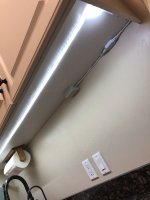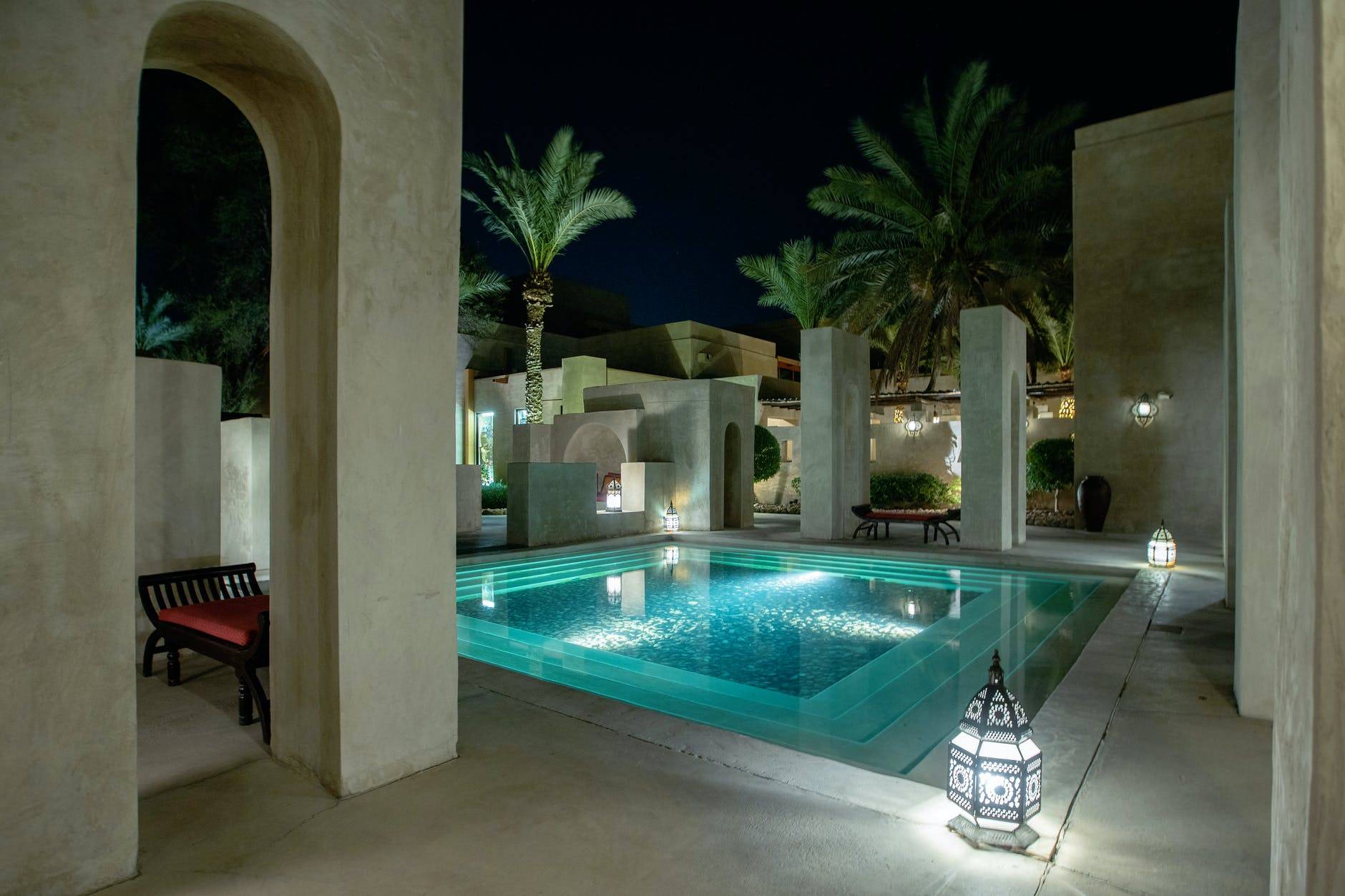- Nov 12, 2017
- 11,842
- Pool Size
- 12300
- Surface
- Plaster
- Chlorine
- Salt Water Generator
- SWG Type
- Pentair Intellichlor IC-40
Please elaborate on this. I've always assumed the pictures of the test that Taylor provides on their own website were taken in controlled indoor conditions. How do we know otherwise? Who called Taylor, and who at Taylor confirmed this, about testing CYA outdoors? I've spoken to Taylor's lead support guy, on a different matter, and found him to be quite helpful, though I cannot now remember his name.If you can't get a baseline in whatever lighting, or can't get a standard, Taylor designed the test using outdoor lighting (confirmed by call to Taylor).
More to the point, neither of these Taylor-produced YouTube videos say anything about testing outdoors, and clearly the tests in each video are being done indoors.
Sidebar: there appears to be a new Taylor CYA test, though I'm not sure it's any better/easier. Uses the same "dot."
To support your post, on this page (on Taylor's site), there is a section that reads:
Lighting concerns
Incandescent lighting, fluorescent lighting, and sunglasses make it very difficult to match colors. Always try to perform tests in natural daylight. Hold the comparator at eye level and keep your back to the sun. If testing in natural light is not an option, try our Day Light Comparator Lamp (part #9199).
So it would appear that even Taylor is providing conflicting info on this topic.
To support my post, I test under LED light with a temperature that closely matches daylight (though not as "strong," I'm sure). I have a multi-LED light strip that eliminates shadows and, IMO, is extremely consistent. And because my "testing station" is located in a room that has no windows, my testing is unaffected by outdoor conditions (time of day or night, day of year, weather, etc). I realize a setup like this is not going to be available to all of us.

Is that statement from Taylor, or your theory? I have not found this to be true, at all.If you follow Taylor instructions, but do it indoors, you will get a much higher CYA value vs. actual.
In theory, yes, but I think we've filled more than one thread here at TFP with folks having trouble with the standard solution. Like, a lot of trouble, if I recall. In essence, though, this aligns with the method I use. But, again, I'm not relying on the true CYA number. I'm relying on what the dot looks like to me, in my dungeon, at 70ppm, which keeps my FC level stable throughout the summer (which, all said and done, is all I'm after).Here is where I think we can agree. If you get a standard solution (say 50ppm), and use it in whatever particular lighting that you can to get a standard visual. Then use that same lighting when you test and confirm a consistent visual to the standard, Good To Go.
And to be clear, I'm not trying to evangelize my MO, just describing what works for me in my pool.
Last edited:



